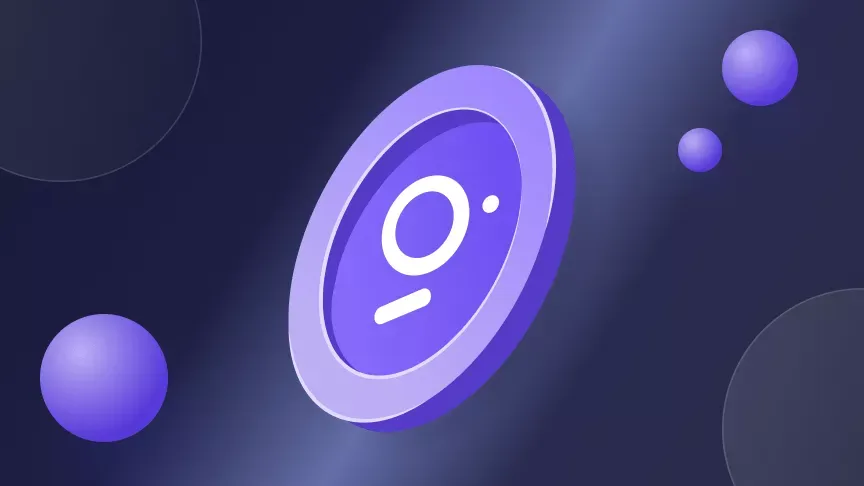Imagine diving into the vast, ever-expanding ocean of blockchain data—millions of transactions, contracts, and records sprawled across countless decentralized networks. Without a map or compass, you’d quickly become disoriented. Enter The Graph, the blockchain world’s library, equipped with tools to organize, index, and retrieve exactly what you need at lightning speed. At its core lies GRT, the protocol’s native cryptocurrency, tirelessly working to keep this decentralized system alive and thriving.
What makes The Graph a game-changer? Let’s unravel the story of how it’s quietly fueling the Web3 revolution, one query at a time.
The Data Dilemma of Blockchain
In the early days of the internet, search engines emerged as heroes taming the chaos of information overload. Blockchain, the foundation of Web3, faces a similar challenge today. While it promises transparency and decentralization, it lacks an efficient method to retrieve and organize its overwhelming amount of data.
Consider Ethereum as an example. Developers building decentralized applications (dApps) on the platform require access to a myriad of data: token balances, transaction histories, smart contract states—and more. Without The Graph, they would have to sift through raw blockchain data like miners without a map, manually excavating chunks of information block by block. Exhausting and inefficient, to say the least.
Subgraphs: The Magic of Efficient Data Retrieval
This is where subgraphs come into play—the core magic of The Graph. These open, developer-crafted APIs allow precise data extraction without unnecessary complexity. Whether you’re tracking DeFi investments or mapping out NFT trades, The Graph ensures that information is just a query away.
The Ecosystem of Roles
The Graph isn’t just a system—it’s a bustling ecosystem with distinct roles that keep the wheels turning:
Indexers
Digital librarians who run nodes that process and store subgraph data, making it available for queries. They earn rewards in GRT tokens for their efforts—the unsung heroes of the blockchain world, always on call.
Curators
Every great library needs experts to identify valuable resources. Curators stake GRT on subgraphs they believe are useful, signaling their value. When they choose wisely, they share in the subgraph’s query fees—creating a win-win scenario for everyone involved.
Delegators
Not everyone wants to manage a node, but delegators still want to participate. They stake their GRT on indexers, earning a portion of the rewards without handling the technical heavy lifting.
Consumers
The end-users—developers, projects, and applications—who query subgraphs and pay fees in GRT for the privilege. It’s like paying for the best search engine results, but in a completely decentralized manner.
The Role of GRT: More Than Just a Token
GRT isn’t merely a cryptocurrency—it’s the fundamental glue binding the protocol’s stakeholders together. Its critical functions include:
- Incentivizing Work: Providing rewards to indexers, curators, and delegators to ensure a robust and active network.
- Facilitating Queries: Enabling developers to pay query fees, creating a self-sustaining ecosystem.
- Enabling Governance: Empowering GRT holders to shape the platform’s future through decentralized decision-making.
Why The Graph Matters
As Web3 continues to scale, its infrastructure must evolve accordingly. Decentralized finance (DeFi) apps, NFT marketplaces, and Decentralized Autonomous Organizations (DAOs) all depend on seamless blockchain data access. Without The Graph, developers face bottlenecks that impede innovation and adoption.
Consider Uniswap, one of DeFi’s most prominent platforms. Its entire interface relies on subgraphs for data. Every swap, liquidity pool, and trading pair you see is powered by The Graph. And this is just one example of its potential.
The Future is Indexed
The Graph and GRT are the unsung cornerstones of Web3’s growth, quietly performing the essential work while dApps take center stage. As more blockchains and developers embrace the platform, its role as the “Google of blockchains” will only become more critical.
The next time you interact with a sleek dApp interface or effortlessly track your NFTs, remember The Graph. It’s the librarian meticulously indexing blockchain shelves, powered by the ingenuity of a decentralized network and the humble GRT token.



















Leave a Reply